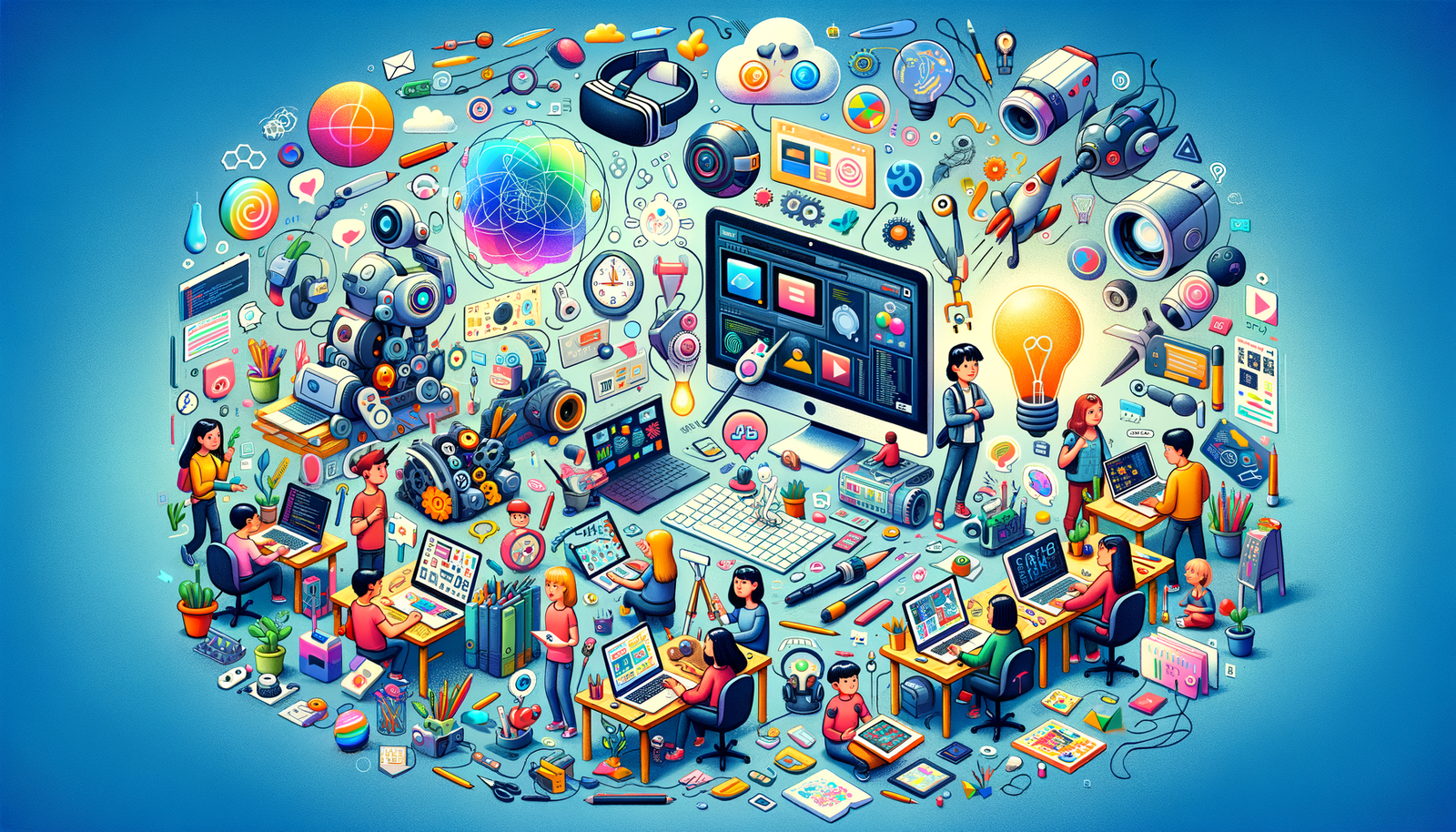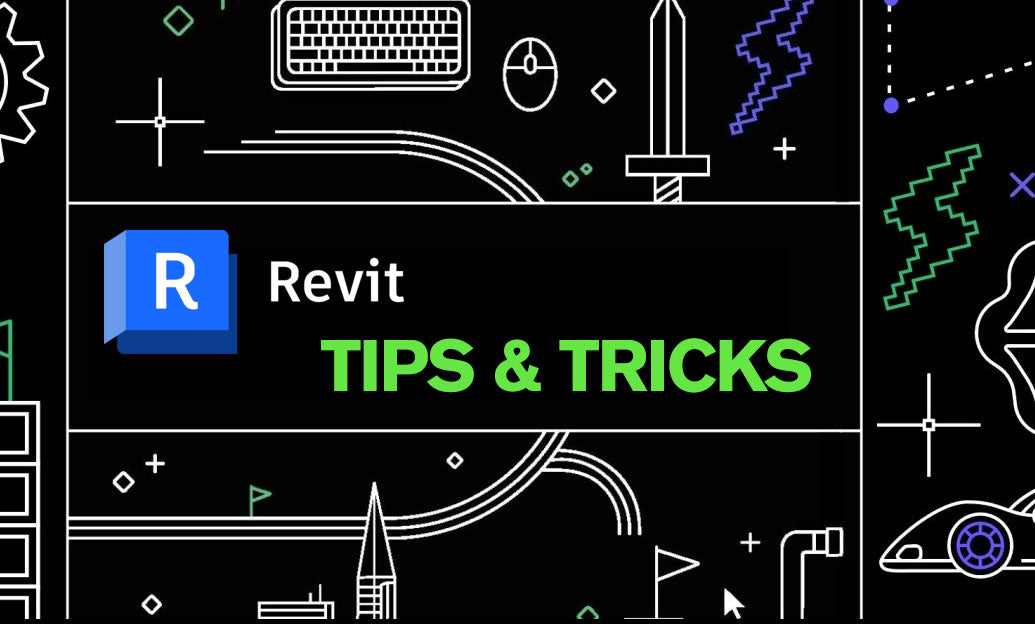Your Cart is Empty
Customer Testimonials
-
"Great customer service. The folks at Novedge were super helpful in navigating a somewhat complicated order including software upgrades and serial numbers in various stages of inactivity. They were friendly and helpful throughout the process.."
Ruben Ruckmark
"Quick & very helpful. We have been using Novedge for years and are very happy with their quick service when we need to make a purchase and excellent support resolving any issues."
Will Woodson
"Scott is the best. He reminds me about subscriptions dates, guides me in the correct direction for updates. He always responds promptly to me. He is literally the reason I continue to work with Novedge and will do so in the future."
Edward Mchugh
"Calvin Lok is “the man”. After my purchase of Sketchup 2021, he called me and provided step-by-step instructions to ease me through difficulties I was having with the setup of my new software."
Mike Borzage
Harnessing Digital Storytelling in Design: Techniques, Tools, and Future Trends
July 02, 2024 3 min read


The Essence of Digital Storytelling in Design
Digital storytelling has become an integral aspect of the contemporary design landscape, infusing a dynamic layer of narrative into various design disciplines such as UX/UI design, product design, and architectural visualization. The integration of storytelling into these areas underscores the paradigm shift towards creating more immersive and engaging user experiences. By leveraging narratives, designers are able to forge a deeper connection with the audience, thereby enhancing user engagement and conveying complex ideas in a more digestible manner.
The role of narratives cannot be overstated, as they serve as a powerful tool to captivate the audience's attention and evoke emotions, leading to memorable user experiences.
Key Techniques for Effective Digital Storytelling
The essence of digital storytelling in design hinges on the ability to craft narratives that resonate on a personal level with the audience. This involves a combination of several key techniques:
- The art of narrative: This involves conceptualizing and weaving stories that are compelling and connect with the audience on an emotional level.
- Visual storytelling: This technique leverages images, animations, and videos to convey stories in a manner that is both impactful and visually engaging.
- Interactive storytelling: By incorporating interactive elements, VR, and AR into stories, users are offered a participatory role, which significantly enhances the engagement and immersion factor.
These storytelling techniques, when adeptly applied, can transform the user experience, making it more vivid, personalized, and memorable.
Software Tools for Digital Storytelling in Design
Advancements in technology have led to the development of an array of software tools and platforms that greatly facilitate the process of digital storytelling in design. These tools offer designers an expansive toolkit for bringing their stories to life:
- Graphic design software: Applications such as Adobe Creative Suite and Sketch provide robust features for creating stunning visuals that form the backbone of any digital story.
- Video and animation tools: Tools like After Effects and Blender allow for the creation of dynamic animations and videos, adding a layer of depth and motion to stories.
- Interactive design and prototyping tools: With platforms like Adobe XD, Sketch, and Figma, designers can create interactive prototypes, simulating the user experience and integrating interactive storytelling elements.
- VR and AR development platforms: Technologies such as Unity and Unreal Engine empower designers to craft immersive experiences in virtual and augmented realities, pushing the boundaries of narrative engagement.
Choosing the right tool often depends on the specific requirements of the project, the intended audience, and the desired level of interactivity and immersion.
Future Trends and the Impact of Digital Storytelling on Design
The landscape of digital storytelling and design is continuously evolving, propelled by advancements in technology such as AI, machine learning, and advanced analytics. These emerging technologies are set to redefine the way stories are told and experienced, offering unprecedented levels of personalization and interactivity. The potential for digital storytelling to drive innovation in design processes and outcomes is immense, promising to unlock new avenues for creative expression and user engagement.
As we look to the future, the importance of integrating digital storytelling into design education and professional practice cannot be understated. To stay ahead of the curve, designers must not only master the traditional elements of design but also become adept at employing digital storytelling techniques and tools. In doing so, they can enhance their storytelling capabilities, enabling them to craft experiences that are not only visually compelling but also deeply resonant and engaging.
In conclusion, digital storytelling stands at the confluence of technology, creativity, and narrative, offering a powerful means of enhancing the user experience and driving engagement. As the digital landscape evolves, so too will the tools and techniques of digital storytelling, promising new possibilities for designers to explore and innovate within the realm of digital narrative.
Also in Design News

Cinema 4D Tip: Cinema 4D Constraint Tag — Precise LookAt and Aim Setups
November 03, 2025 2 min read
Read More
ZBrush Tip: Edge Sharpening Workflow with Pinch and CurvePinch
November 03, 2025 2 min read
Read More
Revit Tip: Work Plane Best Practices for Hosting Non‑Level Geometry
November 03, 2025 2 min read
Read MoreSubscribe
Sign up to get the latest on sales, new releases and more …


